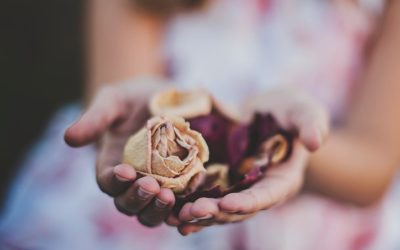Here in America and in most of Canada, we have funeral traditions that have stood the test of time for decades, even centuries.
But our traditions are vastly different from those in other countries and cultures.
This article looks at Haida people funeral traditions and is part of a series that highlights how different cultures care for their dead. Other parts of the series are about Belarusian funeral traditions and ancient Mesopotamian funeral traditions, among others.
Haida People Culture and Beliefs
The indigenous Haida people of the Pacific Northwest lived in what is known today as British Columbia. They were known for their craftsmanship, like their mortuary totem poles that we’ll discuss later on.
They believed in reincarnation and that souls traveled by canoe to the Land of the Souls to wait for reincarnation. Many people believed that the souls reincarnated as a newborn in their family. So they observed the newborn to look for features and traits of their deceased family members.
Pit Burial Traditions
The Haida people buried most of the dead in large pits outside of their village. The bodies went in the same pit rather than in individual burial pits. They didn’t practice embalming, so they buried the bodies naturally without caskets.
Mortuary Totem Poles
For those of higher status, such as chiefs, warriors, and shamans, they received more extravagant burials in mortuary totem poles. Before the burial, their families kept their body inside their home for several days. Then, they buried the body in their lineage gravehouse or, most commonly, in mortuary totem poles carved from cedar trees.
The totem pole had an opening at the top for holding a small burial box. Since the remains couldn’t fit inside the box, they crushed them with clubs to fit them inside. The box wasn’t viewable from the front of the totem pole, as there was a board carved with their family’s crest.
Other typical totem pole carvings were humans, animals, clan crests, and social statuses. The icons acted as guardians of the deceased’s soul on their reincarnation journey. Usually, they painted the totem poles red, blue, black, and sometimes yellow and white. Check out this article to see some totem pole examples.
The totem poles also varied in size and shape, with some standing almost 50 feet tall. The entire village helped raise the totem poles, especially for the extremely tall ones. They placed the totem pole in front of the longhouse of the deceased’s tribe.





0 Comments